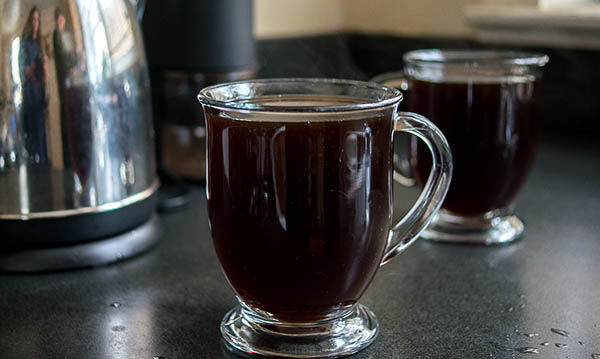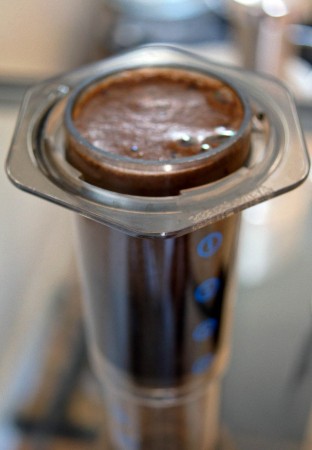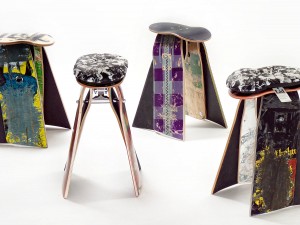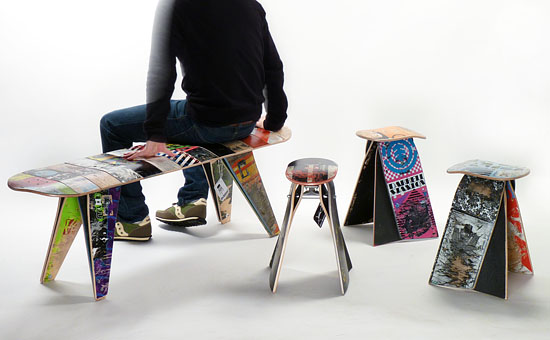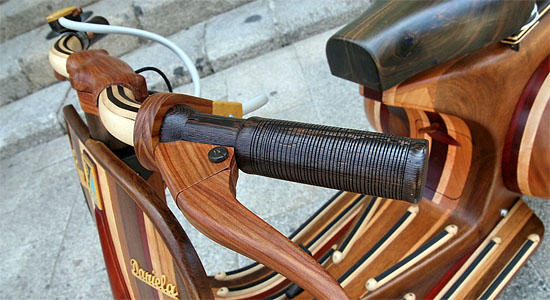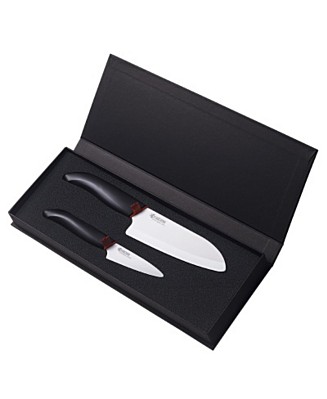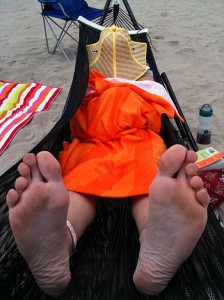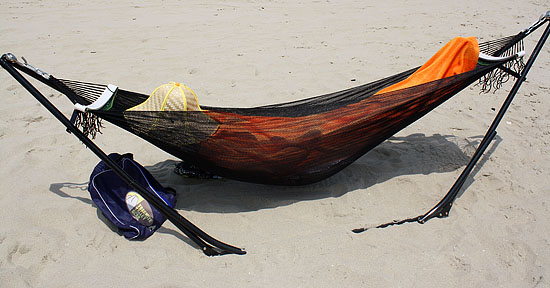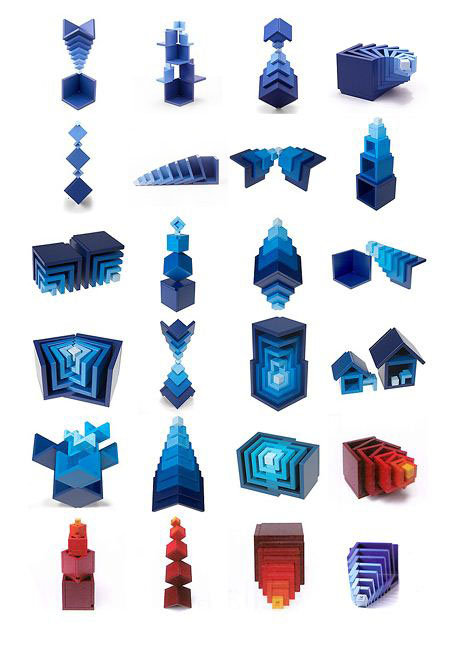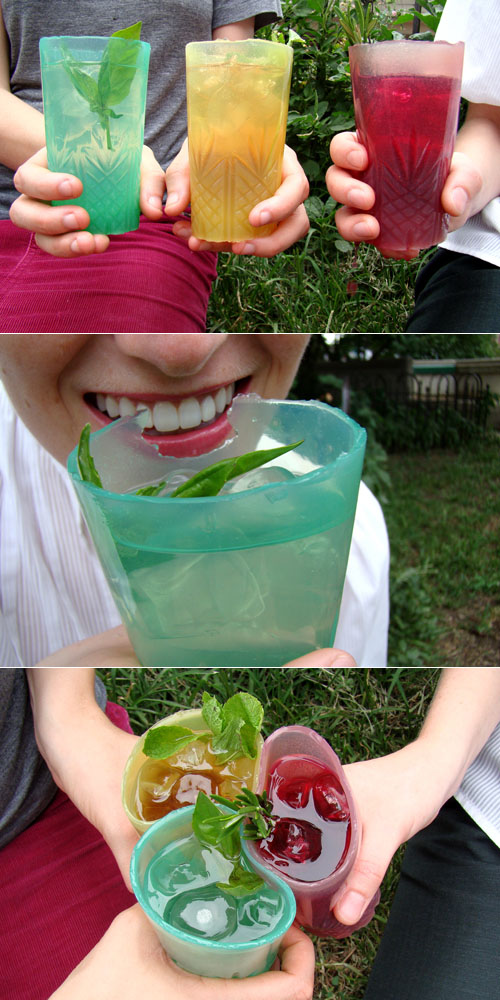 Drinking and environmentally sound items are two of our favorite things.
Drinking and environmentally sound items are two of our favorite things.
Summer is a time for cocktails and lemonade on the lawn or deck, not doing dishes.
Happily, the designers at THE WAY WE SEE THE WORLD have come up with a solution to the paper vs. plastic debate.
Jelloware cups are made of agar, cast in an assortment of flavors and colors.
Yes, agar-agar is that substance you used in bio lab to grow bacteria on petri dishes. But that’s because it’s completely organic, made from algae.
It’s also been a common ingredient in Asian desserts for quite some time, and is a staple of modern cooking techniques.
Jelloware cups come in lemon-basil, ginger-mint, or rosemary-beet, and are completely edible and biodegradable.
When you’re done with your drink, chomp on your chalice, or just tear it to bits and sprinkle it on the lawn: agar actually nurtures the growth of plants.
High heat or high alcohol content may make for a relatively short lifespan, so be sure to drink up!
Concept photos from the 2nd annual Jell-O Mold Competition have recently made the blog rounds, but there’s no purchase link to be found. Anyone know how to get?
UPDATE (1/17/11): Looks like the Jelloware folks have turned to Kickstarter to fund their product! The $10k goal is almost reached; if you’re a fan, head over and kick in a few bucks.
[via @brainpicker and @treehugger]
Like this:
Like Loading...

